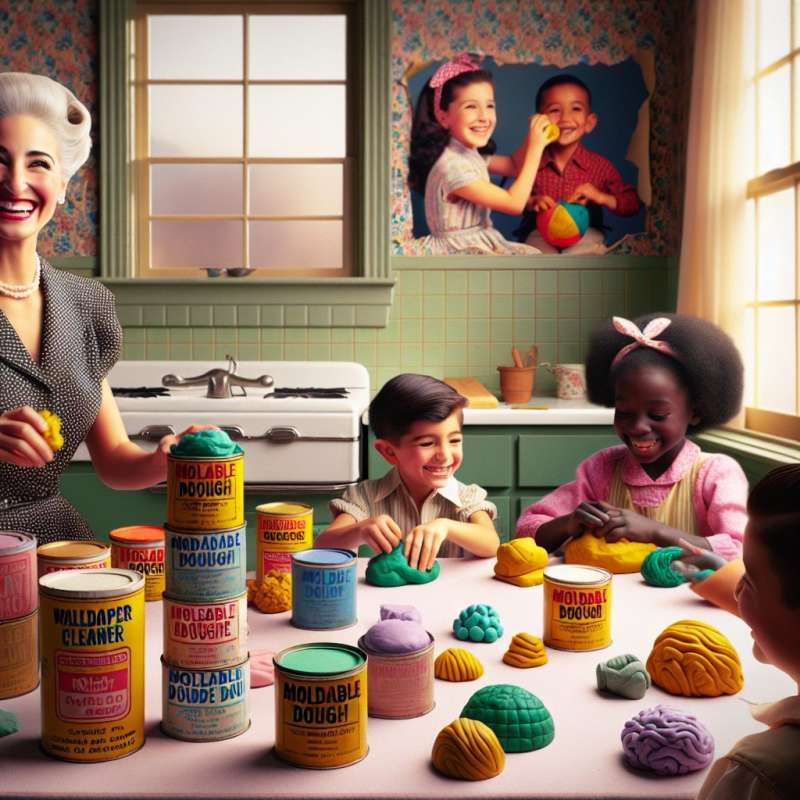
The Play-Doh Origins
Play-Doh's non-toxic, non-staining, reusable modeling compound was first manufactured as a wallpaper cleaner in the 1930s. Its rebranding for children's use was a pivot that led to its iconic status.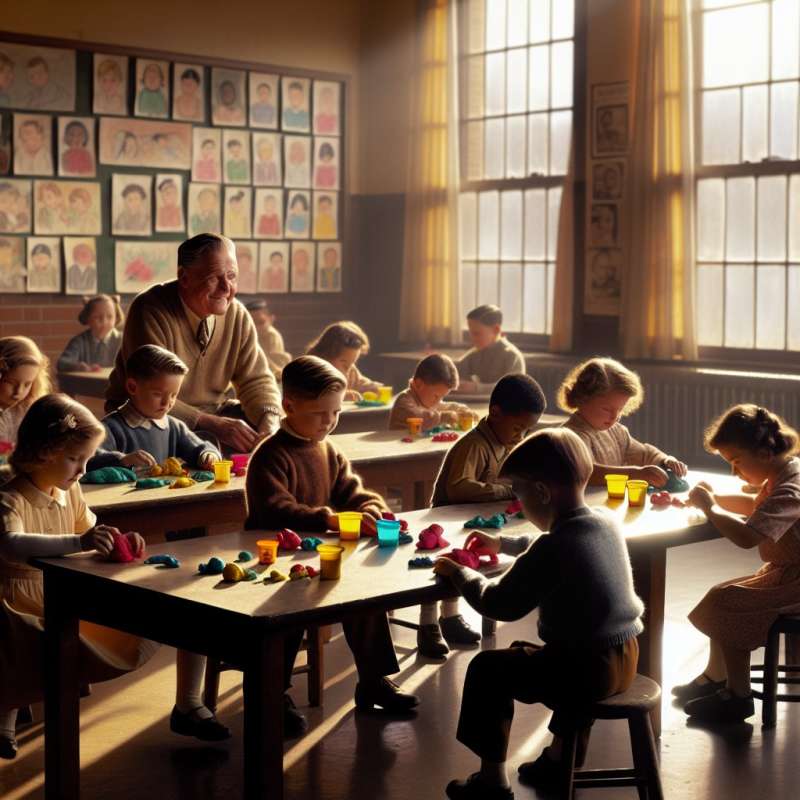
From Cleanser to Classroom
The classroom debut of Play-Doh was in 1955, thanks to Joe McVicker. He learned that kids used it for Christmas ornaments, prompting him to market it as a child-friendly product.
Play-Doh's Composition
Play-Doh is primarily a mixture of flour, water, salt, boric acid, and mineral oil. The exact formula remains a closely guarded secret to this day.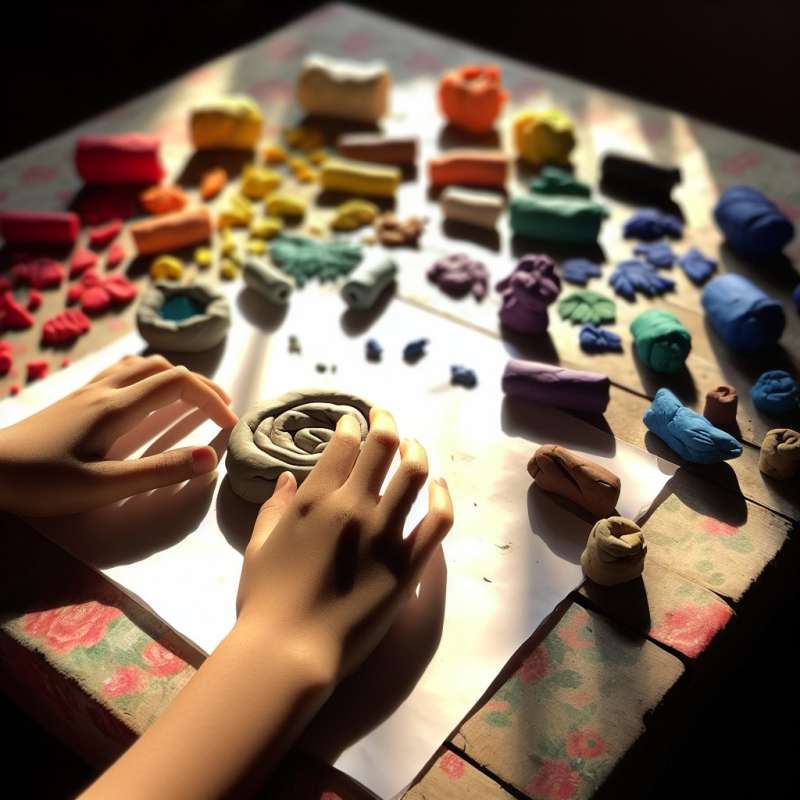
A Rainbow of Colors
Originally, Play-Doh came in just one color: off-white. It wasn't until years later that the primary colors red, blue, and yellow were added. Now, there's a multitude of hues.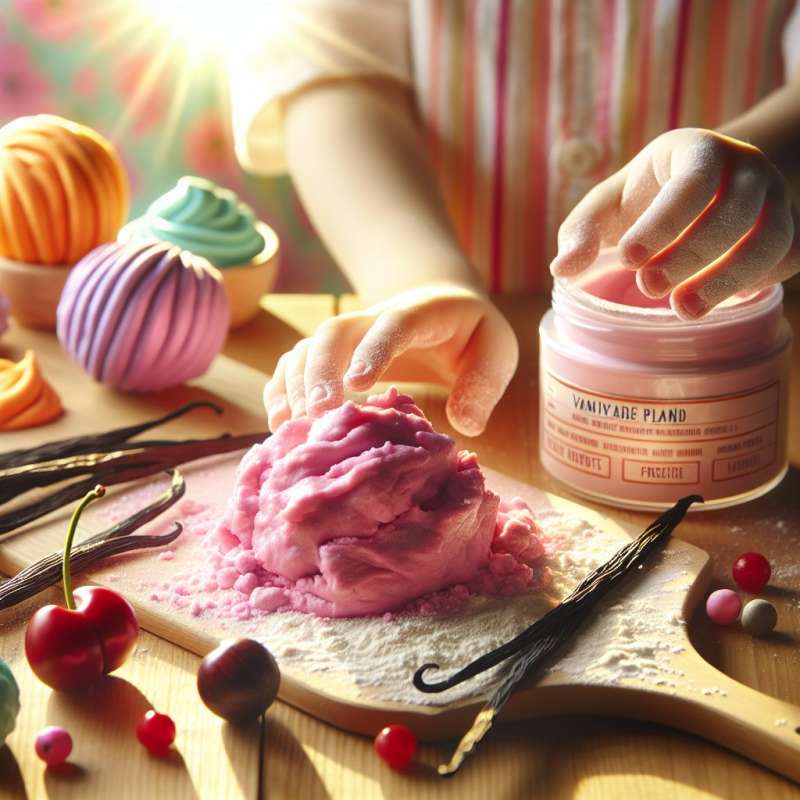
Scent of Play-Doh
The distinctive smell of Play-Doh is so iconic that Hasbro trademarked it in 2018. It's described as a unique combination of a sweet, slightly musky, vanilla-like fragrance, with overtones of cherry.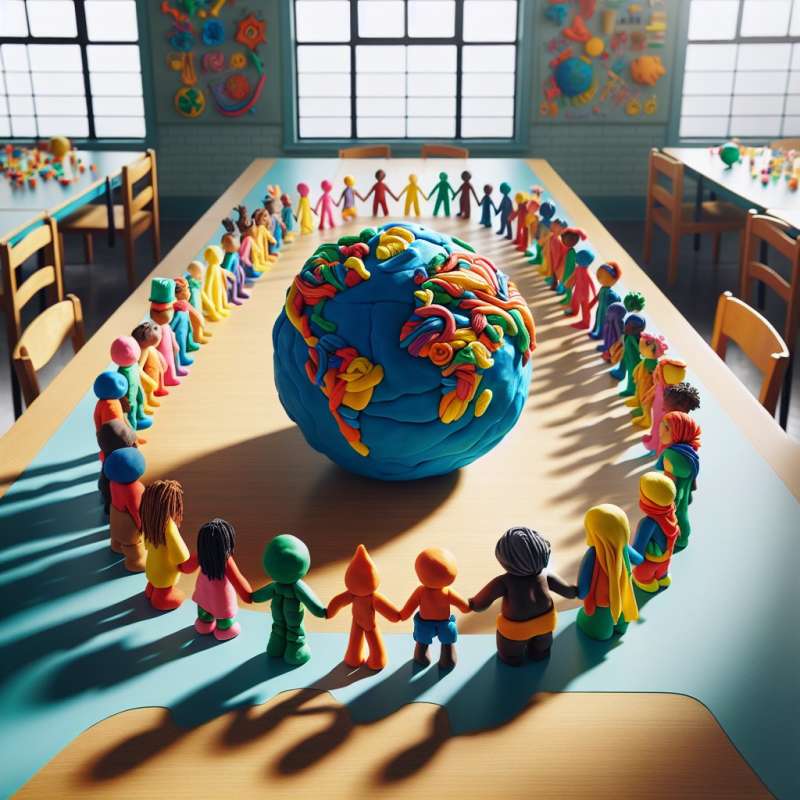
Worldwide Play-Doh Day
Every September 16th, Play-Doh enthusiasts celebrate National Play-Doh Day. It's a day dedicated to creativity and learning with this pliable material.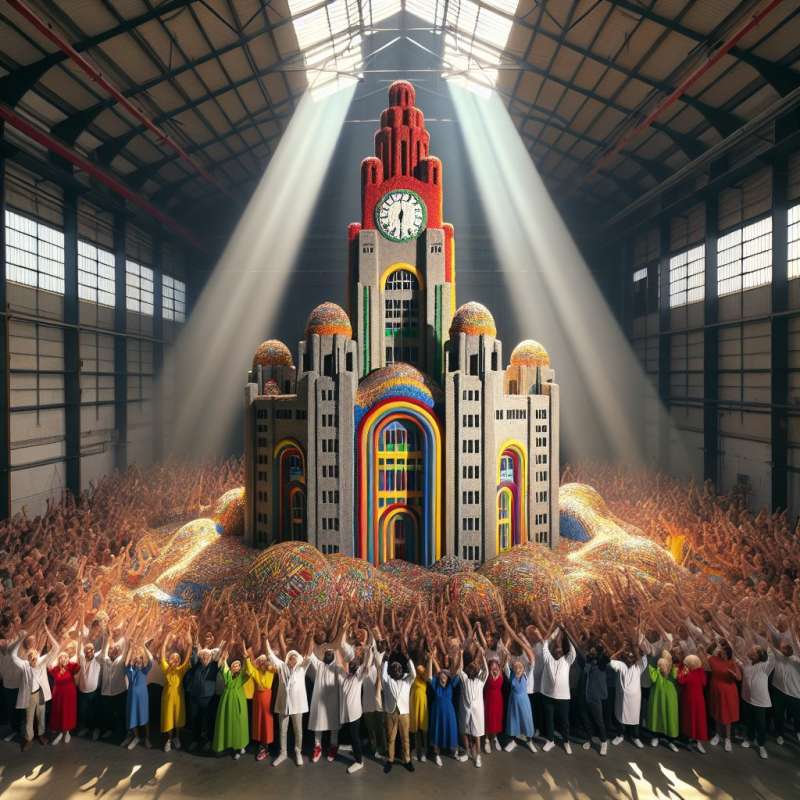
Guinness World Record
In 2003, Play-Doh was entered into the Guinness World Record for the 'World's Largest Plasticine Sculpture.' A group in Liverpool created a 1,624-pound sculpture.Edible Play-Doh?
Despite its ingredients, Play-Doh is non-toxic but not meant for consumption, yet some people have actually used it to make edible-looking food art.
What was Play-Doh's original use?
Children's modeling compound
Wallpaper cleaner product
School glue alternative
Company